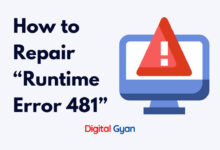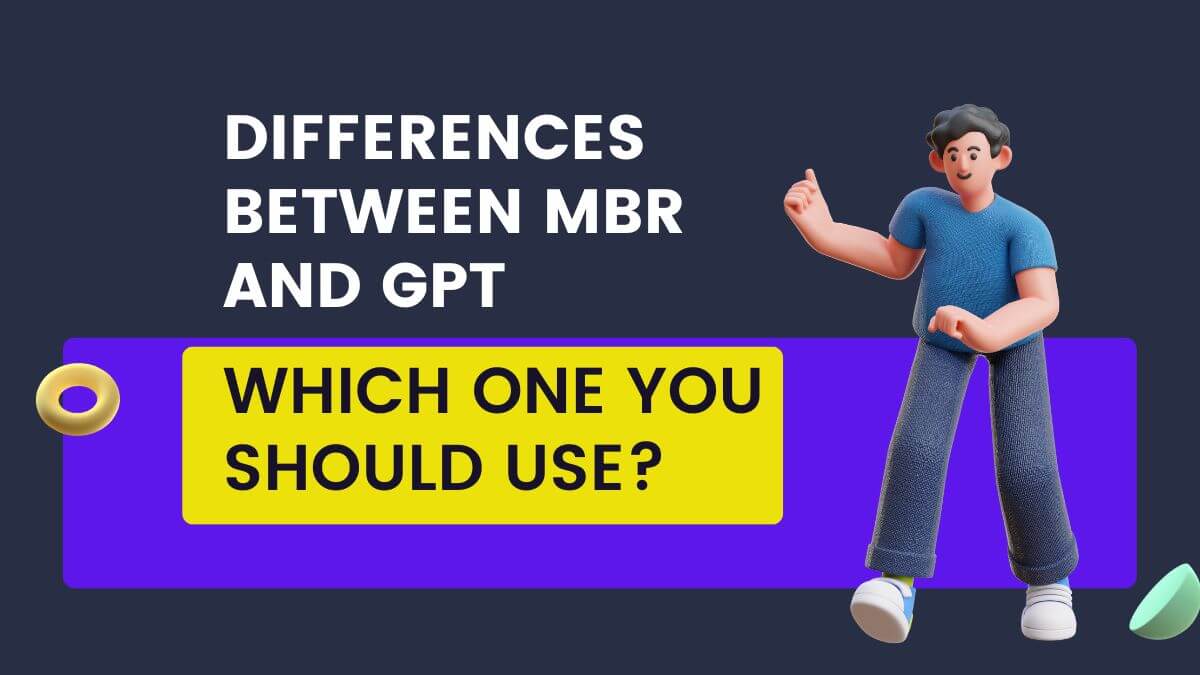An Overview of Device Manager in Windows 10 and 11
Device Manager might not be the most glamorous feature in the Windows operating system, but it plays a vital role in managing and troubleshooting hardware devices.
Whether you’re a tech enthusiast or an average user, understanding how to navigate and utilize Device Manager can prove invaluable when it comes to resolving device-related issues and maintaining a well-functioning system.
What is Device Manager?
Device Manager serves as a centralized hub for managing all the hardware devices connected to your Windows system.
It provides an integrated interface that allows you to view, update, and troubleshoot various hardware components such as display adapters, sound devices, network adapters, and more.
Device Manager’s primary purpose is to ensure that the hardware devices on your system are functioning correctly and have the appropriate drivers installed. It also aids in diagnosing and resolving hardware conflicts and other issues that may impact your device’s performance.
Navigating Device Manager in Windows 10
If you’re using Windows 10, accessing Device Manager is a straightforward process. To open Device Manager, simply follow these steps:
- Right-click on the Start button located at the bottom-left corner of your screen.
- From the context menu that appears, select “Device Manager.”
Upon opening Device Manager, you’ll be greeted with a window that displays a hierarchical list of device categories and the corresponding devices within each category. Here, you can expand or collapse categories to access specific devices and their respective drivers.
Within the Device Manager window, you’ll find several tabs that offer different views and options to manage your devices effectively. These tabs include:
- General: Provides a summary of your device’s status and allows you to enable or disable a device.
- Driver: Allows you to update, roll back, or uninstall the device’s driver.
- Details: Displays detailed information about the device, such as hardware IDs, compatible IDs, and more.
- Resources: Shows the allocated system resources for the device.
- Events: Logs events related to the device, such as driver installations or device errors.
By exploring these tabs and their associated options, you can gain valuable insights into your hardware devices and take appropriate actions to ensure their optimal performance.
New Features and Improvements in Windows 11 Device Manager
With the release of Windows 11, Microsoft has introduced various enhancements and tweaks to Device Manager, aiming to provide a more streamlined and user-friendly experience. Although the core functionality remains the same, the interface has undergone a revamp.
In Windows 11, opening Device Manager follows a similar process to Windows 10:
- Right-click on the Start button.
- Select “Device Manager” from the context menu.
Once inside Windows 11’s Device Manager, you’ll notice a refreshed and more modern design. The overall layout has been updated, making it visually appealing and easier to navigate. The categories and their respective devices are presented in a cleaner and more intuitive manner.
Managing Devices in Device Manager
Managing your devices through Device Manager is crucial for maintaining system stability and ensuring hardware compatibility. Here are some essential actions you can take within Device Manager:
Updating Device Drivers
Device drivers act as the bridge between your hardware devices and the operating system, enabling communication and proper functionality. Keeping your device drivers up to date is essential to ensure optimal performance and compatibility. Within Device Manager, you can easily update drivers by following these steps:
- Right-click on the device you wish to update.
- Select the “Update driver” option.
- Choose whether to search automatically for updated driver software or browse your computer for drivers.
- Follow the on-screen instructions to complete the driver update process.
Note that Windows might automatically update your drivers through Windows Update. However, it’s always advisable to check for updates manually, especially when experiencing device-related issues.
Rolling Back Device Drivers
If you encounter problems after updating a driver, Device Manager also allows you to roll back to the previously installed driver. This can be particularly useful if the new driver introduces compatibility issues or negatively impacts performance. To roll back a device driver, follow these steps:
- Right-click on the device with the updated driver.
- Select the “Properties” option.
- Navigate to the “Driver” tab.
- Click on the “Roll Back Driver” button.
- Follow the on-screen instructions to complete the driver rollback process.
Reverting to the previous driver version can often resolve any issues encountered after an update.
Uninstalling Device Drivers
In some cases, removing a device driver entirely from your system may be necessary. This could be due to incompatibility issues, persistent conflicts, or if you need to reinstall the driver from scratch. Here’s how you can uninstall a device driver via Device Manager:
- Right-click on the device with the driver you want to uninstall.
- Select the “Uninstall device” option.
- Confirm the uninstallation by clicking “Uninstall” in the prompt.
- Follow the on-screen instructions to complete the driver uninstallation.
After uninstalling a driver, it is recommended to restart your computer to ensure a clean removal and allow Windows to automatically reinstall the appropriate driver if necessary.
Device Manager Tips and Best Practices
To make the most out of Device Manager, here are a few tips and best practices you can adopt:
Regularly Update Drivers
Keeping your device drivers up to date is crucial for ensuring optimal performance and minimizing compatibility issues. Make it a habit to check for driver updates regularly, either manually through Device Manager or via automated tools provided by hardware manufacturers.
Use Device Manager for Troubleshooting
Device Manager can serve as a valuable tool for diagnosing and troubleshooting device-related issues. Before resorting to more complex solutions, explore the options available within Device Manager, such as updating drivers, rolling back changes, or uninstalling conflicting drivers.
Explore Alternative Device Management Methods
Although Device Manager provides comprehensive device management capabilities, it’s worth noting that there are alternative tools and software available that offer additional features and functionality. Research and experiment with different device management solutions to find the one that best suits your needs.
Conclusion
Device Manager may not be the flashiest feature in the Windows operating system, but it is undoubtedly one of the most important tools for managing and troubleshooting hardware devices. Whether you’re using Windows 10 or the latest Windows 11, Device Manager empowers you to take control of your system’s devices, ensuring they function optimally and harmoniously. By familiarizing yourself with Device Manager’s interface, features, and best practices, you’ll be well-equipped to handle any device-related issues that may arise and maintain a stable and efficient computing experience.

